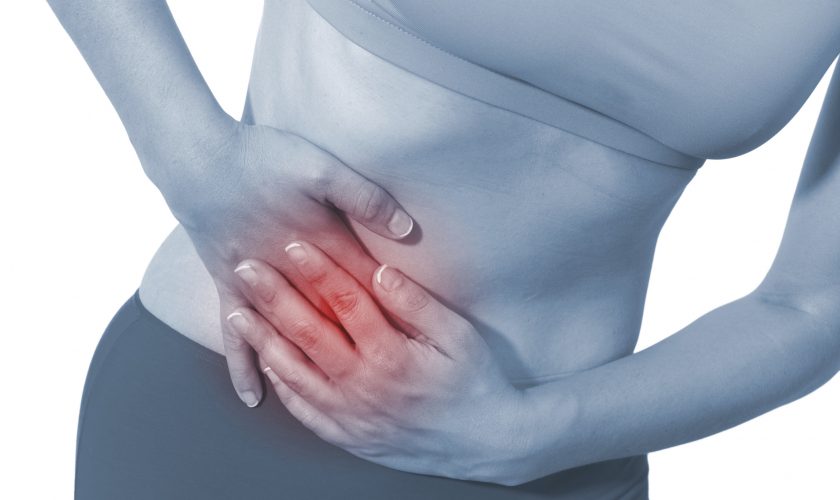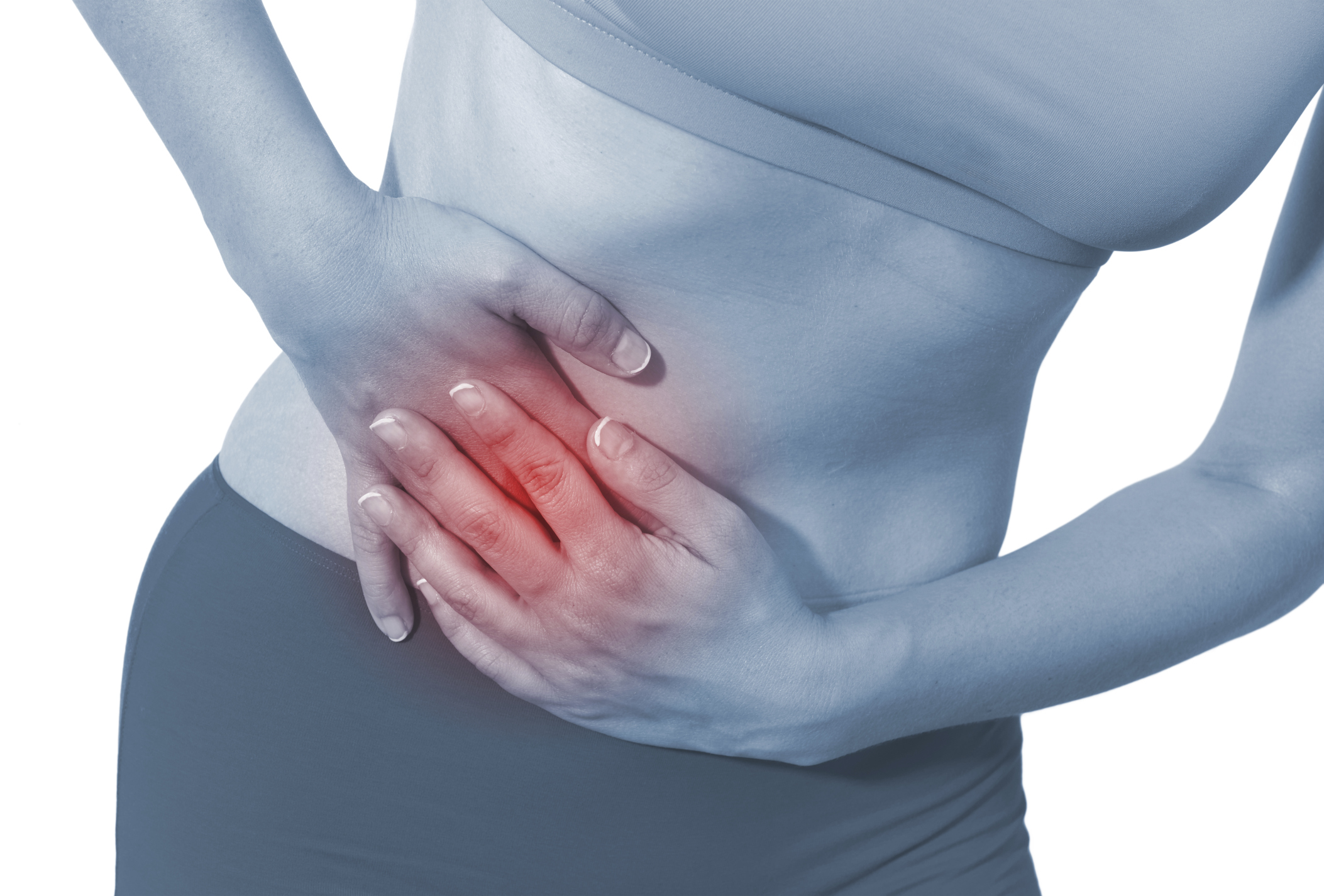Endometriosis is a condition that affects a woman’s reproductive organs. It occurs when cells similar to those that line the uterus are found in other parts of the body. Causes, symptoms, diagnosis and the options to manage and treat endometriosis including lifestyle, pain relief medications, hormone therapy and different types of surgery are all discussed here. Often women have questions about the effect of endometriosis on their bladder and bowel, fertility, emotional health and relationships. Knowing where to go for advice and support is important, and reading and listening to the personal stories of women who have endometriosis is helpful too, particularly the importance of not giving up hope.
Symptoms
Some women with endometriosis don’t have symptoms. Other women have symptoms that range from mild to severe. Symptoms may include:
- Pain, which can be:
- Pelvic pain.
- Severe menstrual cramps.
- Low backache 1 or 2 days before the start of the menstrual period (or earlier).
- Pain during sexual intercourse.
- Rectal pain.
- Pain during bowel movements.
- Infertility may be the only sign that you have endometriosis. Between 20% and 40% of women who are infertile have endometriosis.1
- Abnormal bleeding. This can include:
- Blood in the urine or stool.
- Some vaginal bleeding before the start of the menstrual period.
- Vaginal bleeding after sex.
Symptoms are often most severe just before and during your menstrual period. They get better as your period is ending. Some women, especially teens, have pain all the time.
Several other conditions can cause symptoms that are similar to endometriosis. These conditions include painful periods, adenomyosis, and uterine fibroids.
Causes
The cause of endometriosis is unknown. One theory is that the endometrial tissue is deposited in unusual locations by the retrograde flow of menstrual debris through the Fallopian tubes into the pelvic and abdominal cavities. The cause of this retrograde menstruation is not clearly understood. It is clear that retrograde menstruation is not the only cause of endometriosis, as many women who have retrograde menstruation do not develop the condition.
Another possibility is that areas lining the pelvic organs possess primitive cells that are able to develop into other forms of tissue, such as endometrium. (This process is termed coelomic metaplasia.)
It is also likely the direct transfer of endometrial tissues at the time of surgery may be responsible for the endometriosis implants occasionally found in surgical scars (for example, episiotomy or Cesarean section scars). Transfer of endometrial cells via the bloodstream or lymphatic system is the most plausible explanation for the rare cases of endometriosis that are found in the brain and other organs remote from the pelvis.
Finally, there is evidence that some women with endometriosis have an altered immune response in women with endometriosis, which may affect the body’s natural ability to recognize ectopic endometrial tissue.
Treatment
Treatment for endometriosis is usually with medications or surgery. The approach you and your doctor choose will depend on the severity of your signs and symptoms and whether you hope to become pregnant.
Generally, doctors recommend trying conservative treatment approaches first, opting for surgery as a last resort.
Pain medications
Your doctor may recommend that you take an over-the-counter pain reliever, such as the nonsteroidal anti-inflammatory drugs (NSAIDs) ibuprofen (Advil, Motrin IB, others) or naproxen (Aleve, others), to help ease painful menstrual cramps.
If you find that taking the maximum dose of these medications doesn’t provide full relief, you may need to try another approach to manage your signs and symptoms.
Hormone therapy
Supplemental hormones are sometimes effective in reducing or eliminating the pain of endometriosis. The rise and fall of hormones during the menstrual cycle causes endometrial implants to thicken, break down and bleed. Hormone medication may slow endometrial tissue growth and prevent new implants of endometrial tissue.
Hormone therapy isn’t a permanent fix for endometriosis. You could experience a return of your symptoms after stopping treatment.
Therapies used to treat endometriosis include:
Hormonal contraceptives
Birth control pills, patches and vaginal rings help control the hormones responsible for the buildup of endometrial tissue each month. Most women have lighter and shorter menstrual flow when they’re using a hormonal contraceptive. Using hormonal contraceptives — especially continuous cycle regimens — may reduce or eliminate the pain of mild to moderate endometriosis.
Gonadotropin-releasing hormone (Gn-RH) agonists and antagonists
These drugs block the production of ovarian-stimulating hormones, lowering estrogen levels and preventing menstruation. This causes endometrial tissue to shrink. Because these drugs create an artificial menopause, taking a low dose of estrogen or progestin along with Gn-RH agonists and antagonists may decrease menopausal side effects, such as hot flashes, vaginal dryness and bone loss. Your periods and the ability to get pregnant return when you stop taking the medication.
Progestin therapy
A progestin-only contraceptive, such as an intrauterine device (Mirena), contraceptive implant or contraceptive injection (Depo-Provera), can halt menstrual periods and the growth of endometrial implants, which may relieve endometriosis signs and symptoms.
Danazol
This drug suppresses the growth of the endometrium by blocking the production of ovarian-stimulating hormones, preventing menstruation and the symptoms of endometriosis. However, danazol may not be the first choice because it can cause serious side effects and can be harmful to the baby if you become pregnant while taking this medication.
Conservative surgery
If you have endometriosis and are trying to become pregnant, surgery to remove as much endometriosis as possible while preserving your uterus and ovaries (conservative surgery) may increase your chances of success. If you have severe pain from endometriosis, you may also benefit from surgery — however, endometriosis and pain may return.
Your doctor may do this procedure laparoscopically or through traditional abdominal surgery in more extensive cases. In laparoscopic surgery, your surgeon inserts a slender viewing instrument (laparoscope) through a small incision near your navel and inserts instruments to remove endometrial tissue through another small incision.
Assisted reproductive technologies
Assisted reproductive technologies, such as in vitro fertilization, to help you become pregnant are sometimes preferable to conservative surgery. Doctors often suggest one of these approaches if conservative surgery doesn’t work.
Hysterectomy
In severe cases of endometriosis, surgery to remove the uterus and cervix (total hysterectomy) as well as both ovaries may be the best treatment. A hysterectomy alone is not effective — the estrogen your ovaries produce can stimulate any remaining endometriosis and cause pain to persist. A hysterectomy is typically considered a last resort, especially for women still in their reproductive years. You can’t get pregnant after a hysterectomy.
Finding a doctor with whom you feel comfortable is crucial in managing and treating endometriosis. You may also want to get a second opinion before starting any treatment to be sure you know all of your options and the possible outcomes.
Remedies
Here are some natural remedies that are used for endometriosis. Keep in mind that so far, scientific support for the claim that any form of alternative medicine can treat endometriosis safely and effectively is lacking.
Omega-3 Fatty Acids
Omega-3 fatty acids are found in fish such as salmon, mackerel, sardines, and anchovies. They are also available in fish oil capsules, which may be the preferable form because good brands contain minimal amounts of PCBs and dioxins.
Several studies have found that omega-3 fatty acids may be beneficial for people with endometriosis. For example, an animal study by the University of Western Ontario found that fish oil containing two specific compounds, EPA, and DHA, can relieve pain by decreasing levels of an inflammatory chemical called prostaglandin E2. Researchers also found that fish oil could slow the growth of endometrial tissue.
Ginger Tea
Ginger tea may relieve nausea that can occur with endometriosis.
Castor Oil
An age-old effective remedy for endometriosis is castor oil. Castor oil helps the body get rid of excess tissues and toxins. It should be used at the beginning of the menstrual cycle, when cramping is first noticed. This will help reduce the severity of symptoms throughout the cycle.
Sitz Bath
A contrast hot and cold sitz bath is often recommended by naturopathy practitioners for reducing symptoms of endometriosis. The hot bath will help relax the pelvic muscles, in turn reducing cramping and pain. The cold bath will help reduce inflammation and alleviate pain.
Turmeric
This amazing spice has a natural component known as curcumin that has strong anti-inflammatory benefits and hence can be used to treat endometriosis. It has also been shown to have anti-endometriotic property.
Wild Asparagus
Wild asparagus or shatavari in Ayurveda, which is rich in folic acid, can help treat anemia as well as endometriosis caused by a deficiency of folic acid. Plus, it has vitamin E that helps alleviate pain, particularly cramps.
Chamomile
Chamomile has anti-inflammatory properties that help reduce inflammation as well as swelling often associated with endometriosis. It also acts as a natural diuretic to help flush out the bladder.



